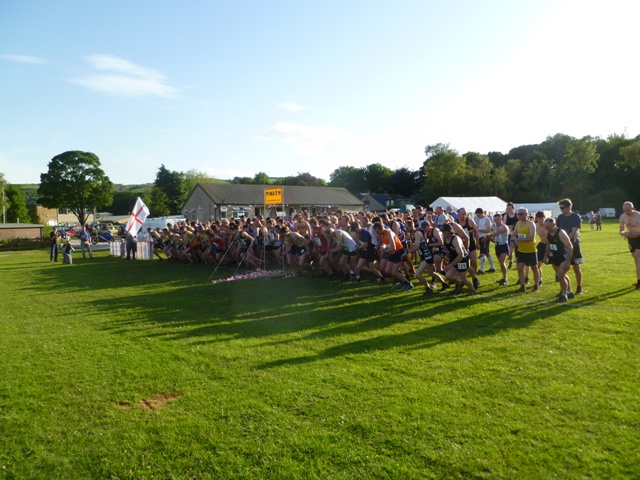Hope Wakes Fell Race

Well, I don’t think I’ve ever seen a Fell race from this perspective. Standing around at the beginning, not in a vest or shorts, watching loads of runners that I know going in and registering, and standing by the start with an icecream and a camera watching them all speed off into the distance. Yes, we were back at Hope Wakes Fell Race yesterday. A year ago I ran around the course and then helped out with the post-race massage. Lynne was also there, massaging away but did not run the race. This year was only slightly different in that … Continue reading




